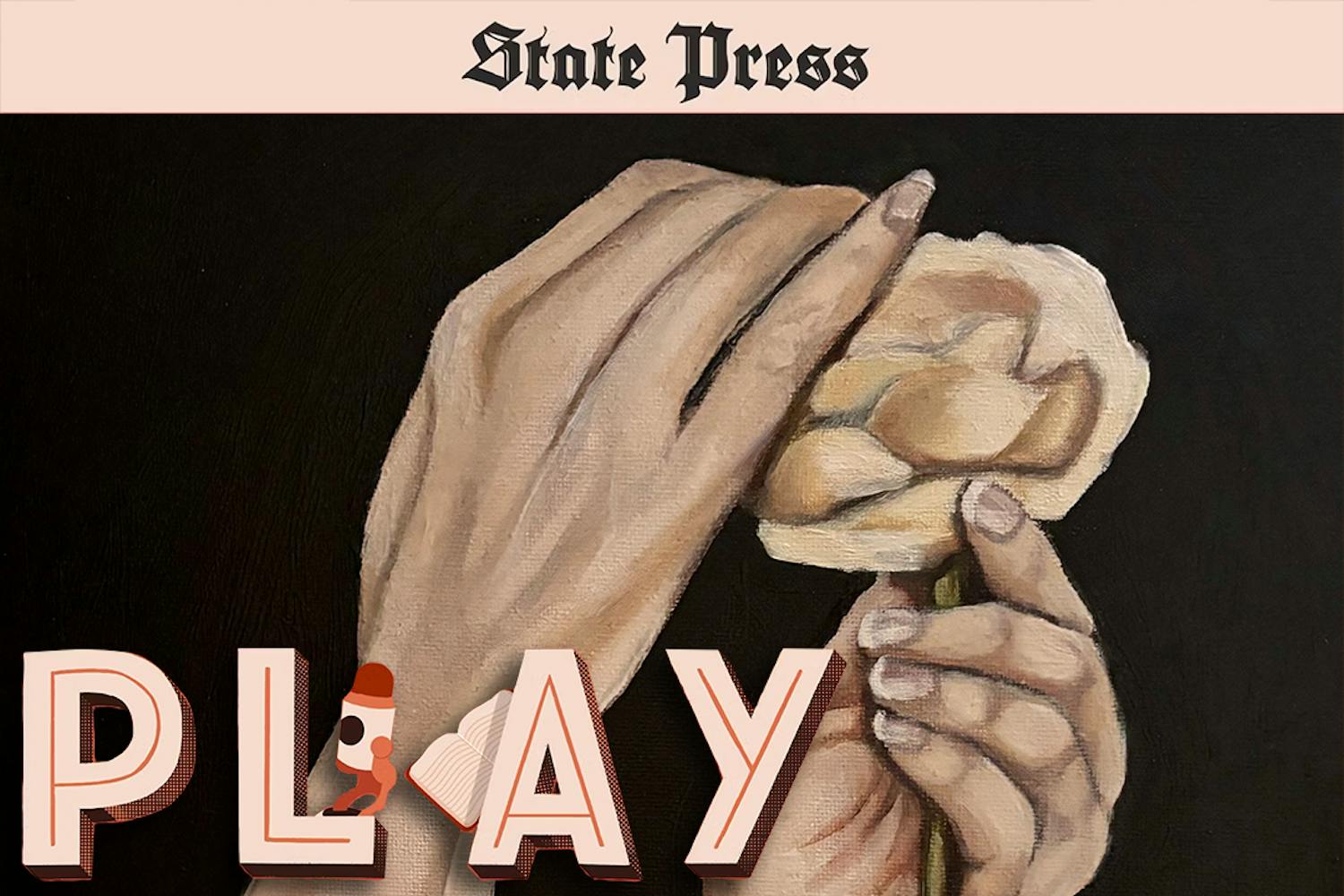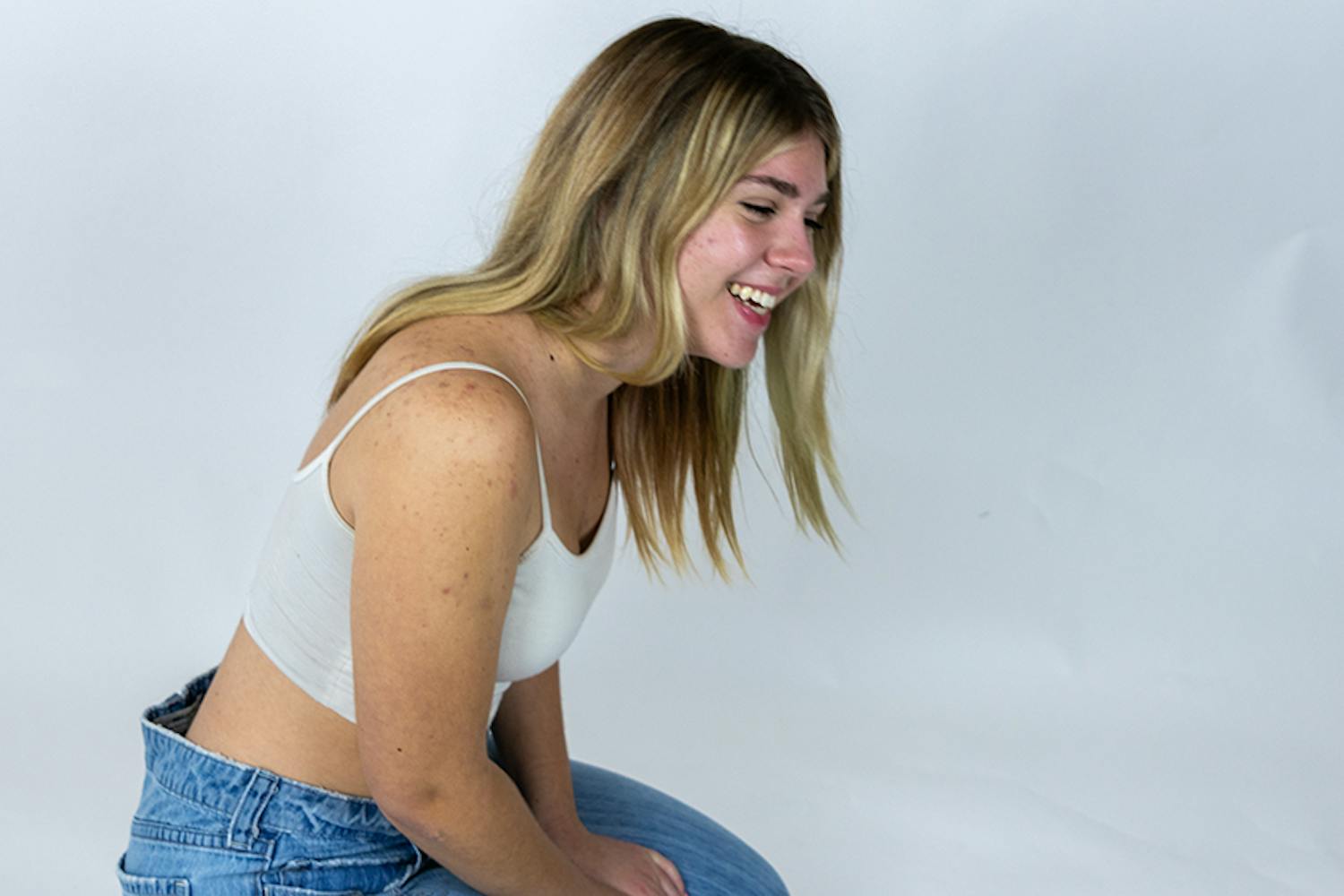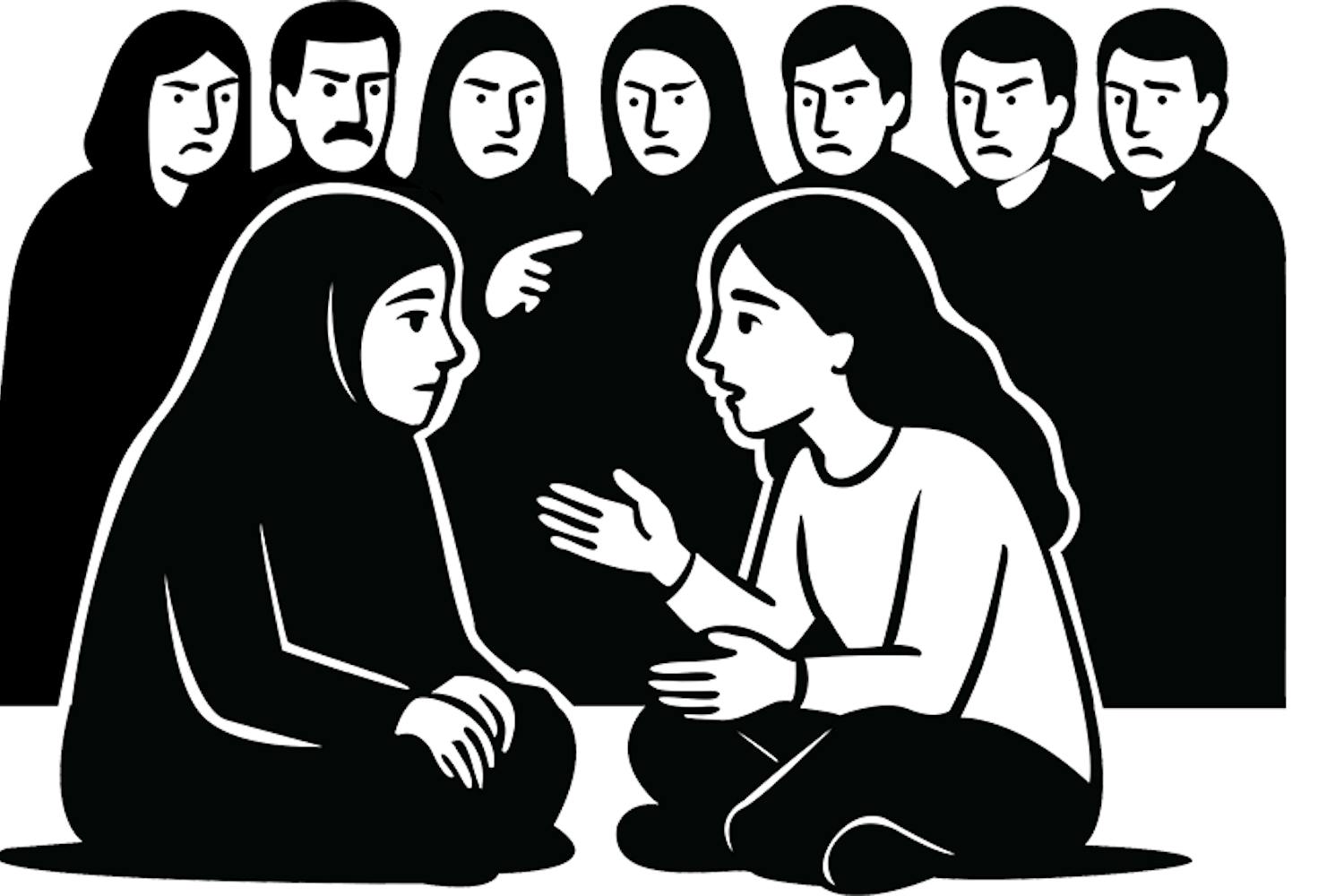The Arizona Board of Regents has approved the first state-of-the-art interdisciplinary research facility for ASU East, which will be finished by the end of 2005, according to the 2004 Capital Development Plan.
"The preliminary programming is done, and the concept was approved by ABOR," said Vice Provost David Schwalm. "Now we have to draw the blueprints."
The 37,000-square-foot building will house research facilities for the Applied Cognitive Sciences Institute, the Healthy Lifestyles Institute, the Applied Biological Sciences and the biotechnical components of the Arizona Biodesign Institute, according to a press release.
"This is the first pure research building on campus," Schwalm said.
Roger Schvaneveldt, the head of the applied psychology unit, said the Cognitive Science Institute would focus on ergonomics, linguistics and applied human factors of systems.
There will be an aviation simulator, a driving simulator, studies on team performance and coordination and studies on sports psychology Schvaneveldt said.
"I am very excited, and I hope to attract new people and entice researchers," he added.
There also will be research on ecological restoration, wildlife habitat management, plant biotechnology, urban horticulture and environmental policy.
Linda Vaughn, head of the nutrition department, said the facility "will increase our ability to conduct more than one study at once."
"We want to promote healthy life changes in order to reduce risk of chronic diseases such as obesity, diabetes, heart disease and certain types of cancer rather than relying on drugs and surgery," Vaughn said. "This is the less risky approach to health."
The nutrition department will be working alongside the exercise and wellness department in the Healthy Lifestyle Institute because diet, along with a behavior change, will be the key to promoting a healthy life, Vaughn said.
"We meet within the college once a month to discuss the blueprints, and then we have [East] campuswide meetings three times a semester," Vaughn said.
Students have been included in the process as well. Greg Trone, a doctoral candidate in the exercise and wellness program, said, "They asked us where we wanted to have our office space, what kind of computer lab we'd want [private or open] and asked about what we preferred for social and or eating areas."
According to Trone, the graduate students were asked their opinions during a doctoral seminar class in the spring of 2003.
"They also talked about a common area for the undergrads to change out between classes and a quiet space for meetings where the undergrads and grad students can work together and collaborate," he said.
Trone, who is doing research on exercise therapy for cancer patients, said, "The more access to research the [doctoral] mentor has, the more access to opportunities, space and facilities the student has."
The building will cost an estimated $12 million and is funded by the legislature-approved $400 million allotted to Arizona universities.
Reach the reporter at erika.camardella@asu.edu.



